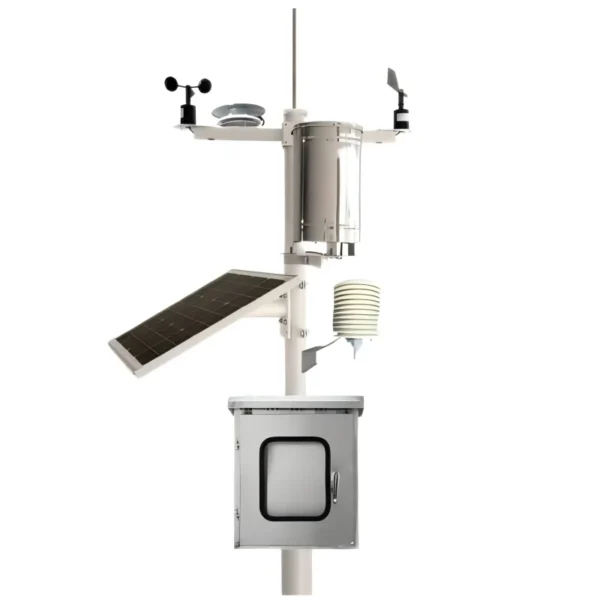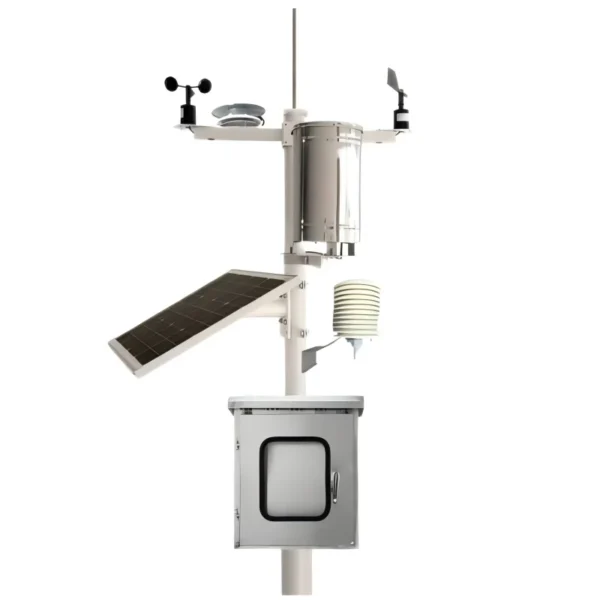
# Automatic Weather Station: A Comprehensive Overview
Introduction to Automatic Weather Stations
An Automatic Weather Station (AWS) is a sophisticated system designed to collect and record meteorological data without the need for constant human intervention. These stations are equipped with various sensors that measure parameters such as temperature, humidity, wind speed, wind direction, rainfall, and atmospheric pressure. The data collected by AWS is crucial for weather forecasting, climate research, and various industrial applications.
Components of an Automatic Weather Station
An AWS typically consists of several key components:
- Sensors: These are the primary data collection tools, measuring various atmospheric conditions.
- Data Logger: This device records the data collected by the sensors, often storing it for later analysis.
- Power Supply: Most AWS units are powered by solar panels, ensuring continuous operation even in remote locations.
- Communication System: This allows the station to transmit data to a central database or directly to users, often via satellite or cellular networks.
Applications of Automatic Weather Stations
Automatic Weather Stations are used in a wide range of applications, including:
- Weather Forecasting: AWS data is essential for accurate weather predictions, helping meteorologists understand and predict weather patterns.
- Agriculture: Farmers use AWS data to make informed decisions about planting, irrigation, and harvesting.
- Aviation: Airports rely on AWS for real-time weather information, ensuring safe takeoffs and landings.
- Environmental Monitoring: AWS helps in tracking climate change and monitoring environmental conditions in sensitive areas.
Advantages of Using Automatic Weather Stations
There are several benefits to using AWS over traditional weather monitoring methods:
- Accuracy: AWS provides highly accurate and consistent data, reducing the likelihood of human error.
- Efficiency: Automated systems can operate continuously, providing real-time data without the need for manual intervention.
- Cost-Effectiveness: Once installed, AWS systems require minimal maintenance, making them a cost-effective solution for long-term weather monitoring.
- Remote Accessibility: Data from AWS can be accessed remotely, making it easier to monitor weather conditions in hard-to-reach locations.
Challenges and Limitations
Despite their many advantages, AWS systems do have some limitations:
- Initial Cost: The upfront cost of purchasing and installing an AWS can be high, especially for advanced models.
- Maintenance: While minimal, AWS systems still require periodic maintenance to ensure accurate data collection.
- Data Interpretation: The vast amount of data generated by AWS can be challenging to interpret without specialized knowledge.
Future Trends in Automatic Weather Stations
The future of AWS technology looks promising, with several trends emerging:
- Integration with IoT: AWS systems are increasingly being integrated with the Internet of Things (IoT), allowing for more seamless data sharing and analysis.
- Enhanced Sensors: Advances in sensor technology are leading to more accurate and diverse data collection capabilities.
- AI and Machine Learning:
Keyword: automatic weather station
